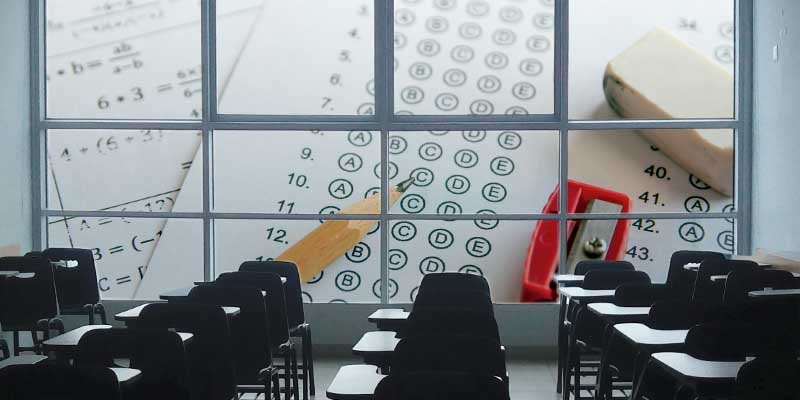Despite spending less on public schools, Quebec outperforms most other provinces

As the provinces face large budget deficits, governments across Canada should find ways to deliver services more efficiently. Fortunately, Canada’s federation—composed of federal, provincial and local governments—allows provinces to experiment with different ways of providing government services and adopt the best system. In the case of public education, other provinces can look to Quebec for successful models of both education spending and delivery.
Let’s start by looking at spending. A new study by the Fraser Institute found that inflation-adjusted per-student spending in K-12 public schools increased in eight out of 10 provinces between 2013/14 to 2017/18, the most recent year of available Statistics Canada data.
First, it’s important to note that our study examines spending in public schools—not overall spending on public education. As a result, spending on independent schools, which includes some public spending in Quebec and the four western provinces, is excluded. The study also adjusts for public school enrolment.
The level of per-student spending in public schools varied widely by province, with the lowest in Quebec ($12,430) and British Columbia ($12,641) and the highest in Saskatchewan ($16,038) and New Brunswick ($15,000).
Put differently, in the province with the lowest spending on public schools per student (Quebec), spending was about 22.5 per cent—or $3,609—less per student than the province with the highest-spending (Saskatchewan).
Impressively, according to the best available metrics, students in Quebec outperform students in many provinces with higher spending.
Specifically, according to PISA scores, the gold standard of international testing, students in Quebec outperform students in Saskatchewan and New Brunswick in all three PISA test subjects—math, science and reading. In fact, Quebec routinely leads in student performance in Canada.
So what’s going on?
Better student performance, despite lower spending in public schools, may have something to do with the very different approaches to K-12 education among provinces.
Quebec has a fairly simple public school system and relies on independent schools to provide the bulk of educational choice including religious-based education and alternative programs (such as English-language or special needs education). By contrast, other provinces (including highest-spender Saskatchewan) offer religious education and other programs within their public system. And these provinces tend to have a more complex public school system (for example, Saskatchewan has three competing school systems).
In Quebec, approximately one in eight students attend independent schools compared to less than one in 100 students in New Brunswick (the lowest rate of all provinces). Crucially, the Quebec government provides financial support to eligible independent schools, which may explain the higher level of independent school enrolment. In the Atlantic provinces and Ontario, the government provides no financial support for students in independent schools. In the face of today’s daunting fiscal challenges, provinces should take advantage of one of Canadian federalism’s great benefits—that it allows provinces to experiment and innovate with different policies to discover what works and what doesn’t.
The combination of strong student performance and relatively low costs to government (and taxpayers) in Quebec suggests that other provinces should carefully examine Quebec’s education funding and delivery model and consider whether adopting a similar approach could produce better outcomes for students—at a lower cost.
Authors:
Subscribe to the Fraser Institute
Get the latest news from the Fraser Institute on the latest research studies, news and events.


